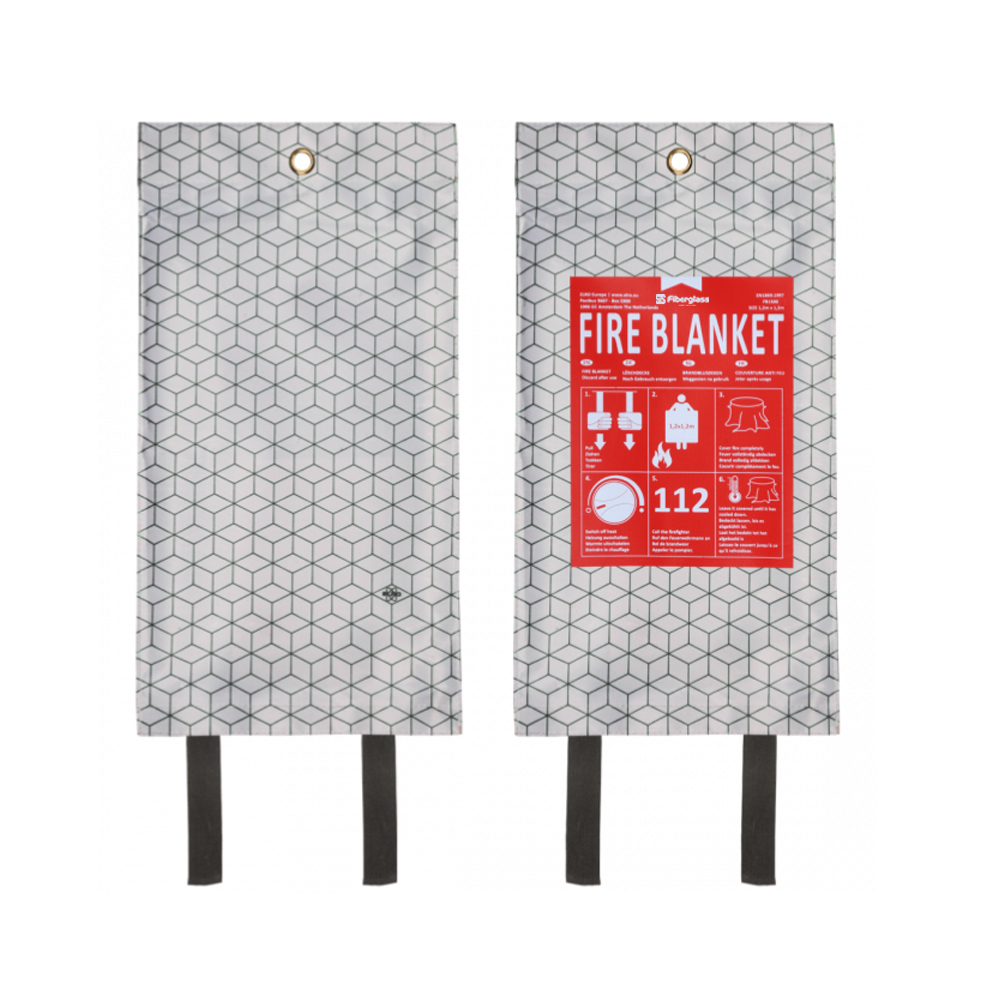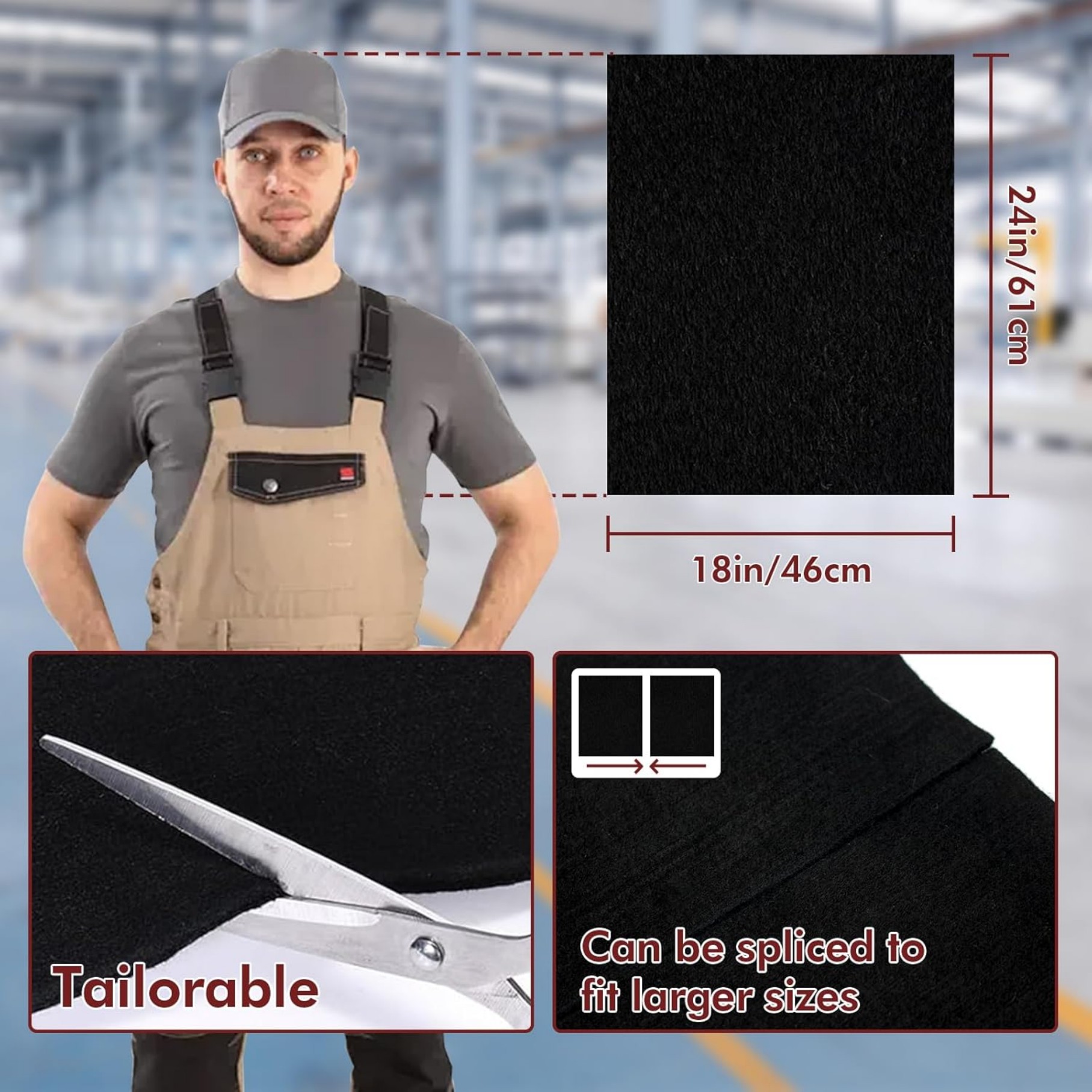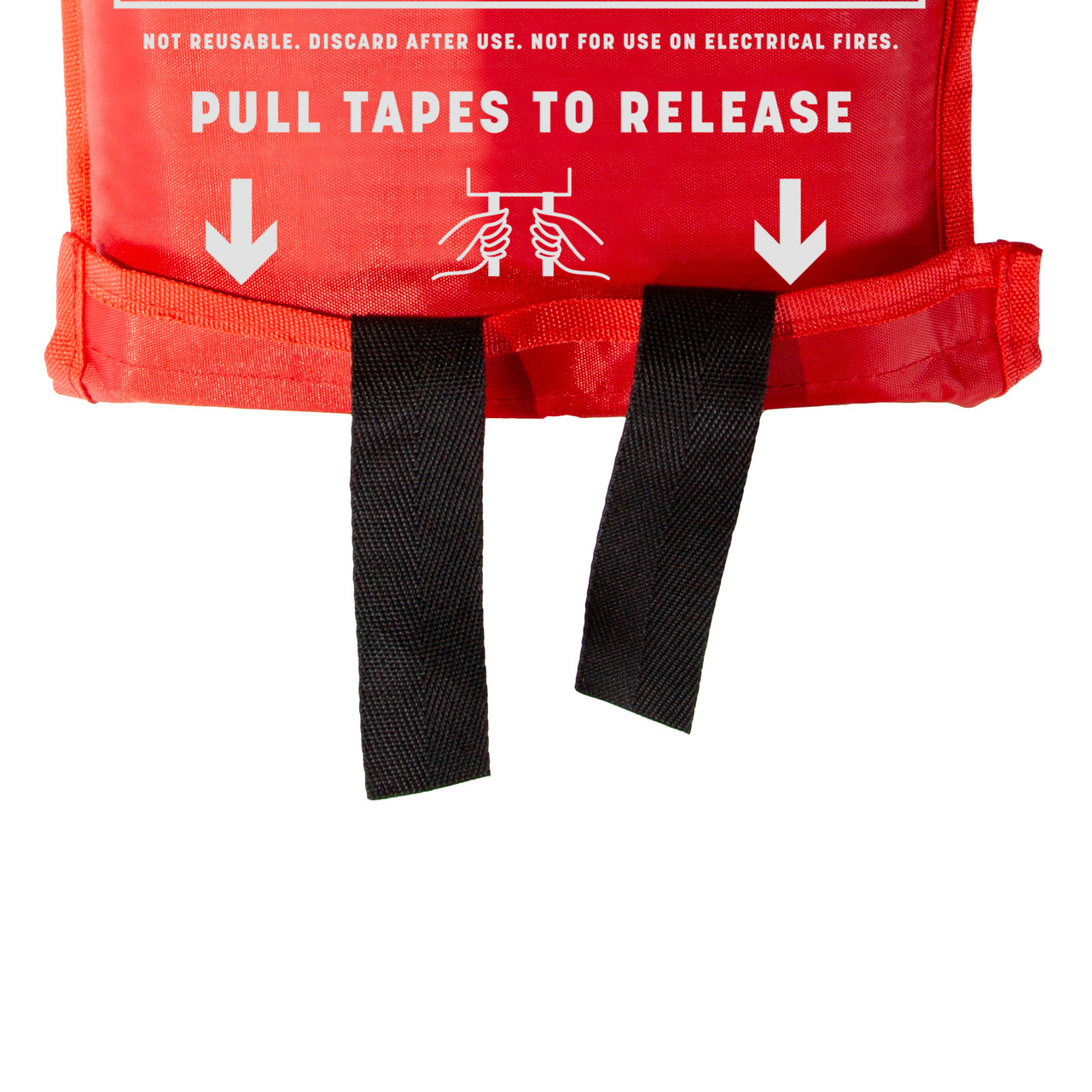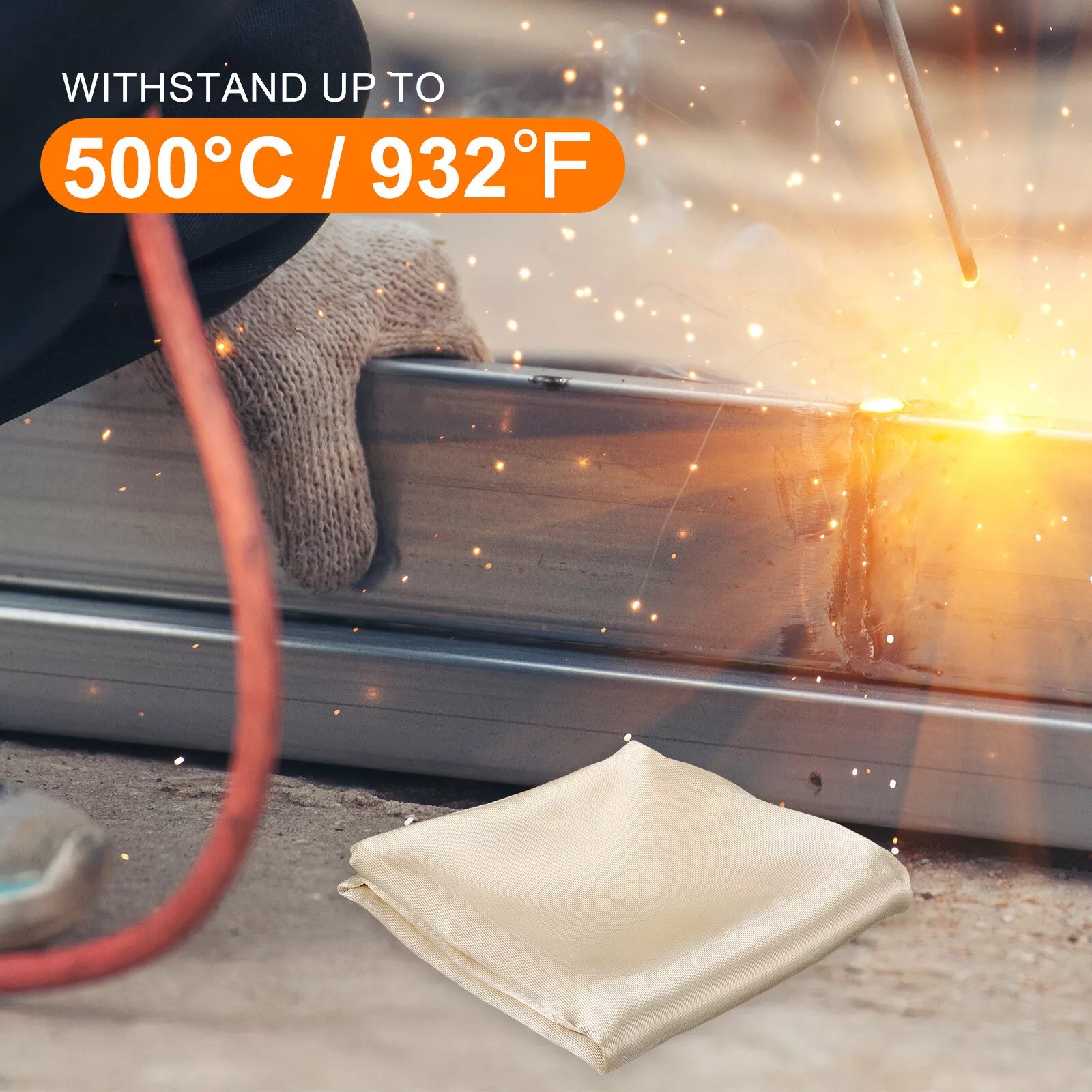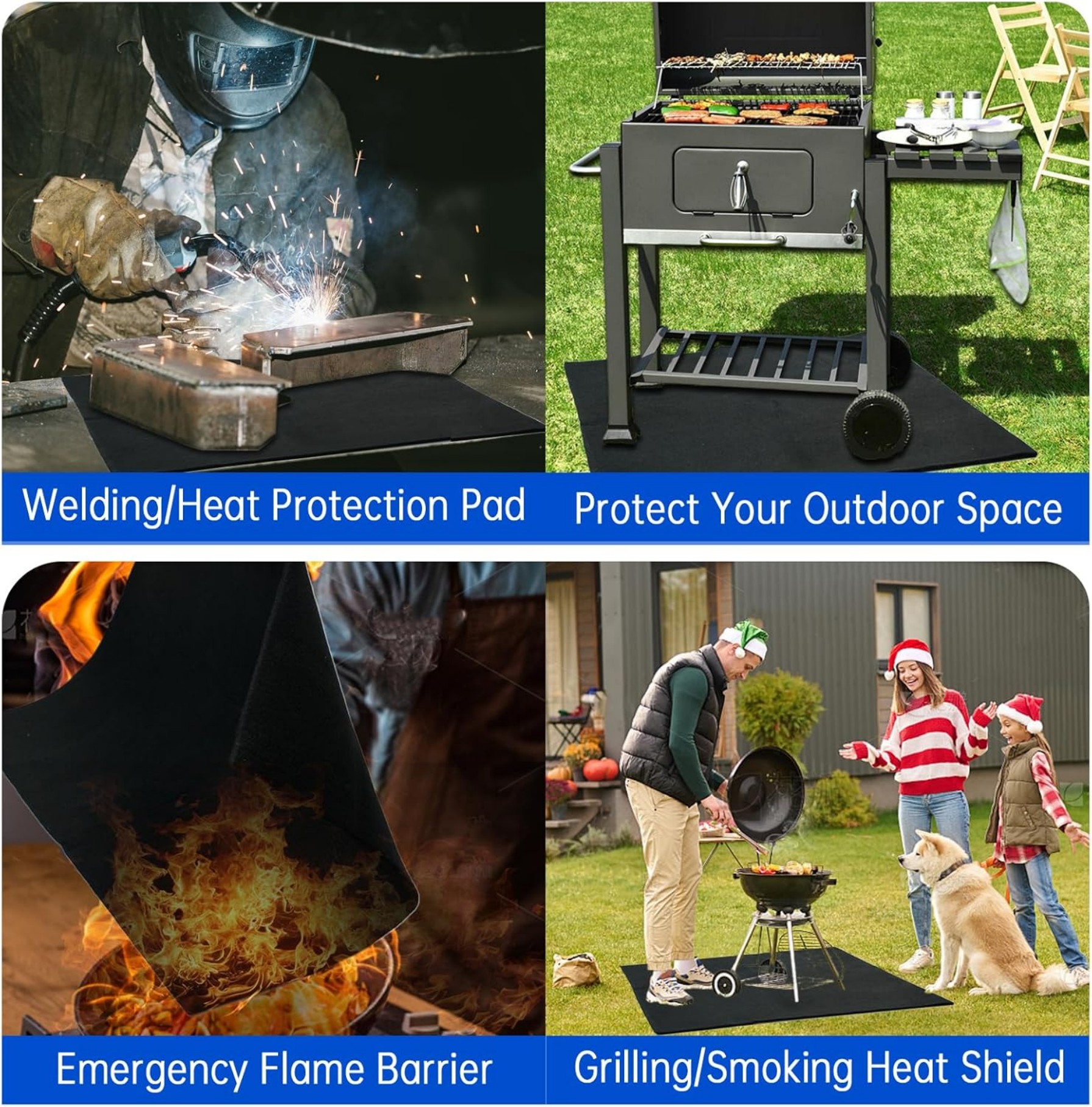Ceramic Fire Blanket Insulation: High-Temp Protection Solutions
Ceramic fire blanket insulation provides exceptional heat resistance for industrial and residential applications. This guide explains its composition, benefits, installation methods, and key considerations when choosing the right product for your needs.
What Is Ceramic Fire Blanket Insulation?
Ceramic fire blanket insulation is a flexible, high-temperature resistant material made from ceramic fibers. Unlike traditional insulation, it can withstand extreme heat up to 2300°F (1260°C) while remaining lightweight and easy to handle. You'll find it used in:
- Industrial furnace linings
- Fire protection systems
- Welding protection
- High-temperature pipe insulation
- Emergency fire containment
Key Benefits of Ceramic Fire Blankets
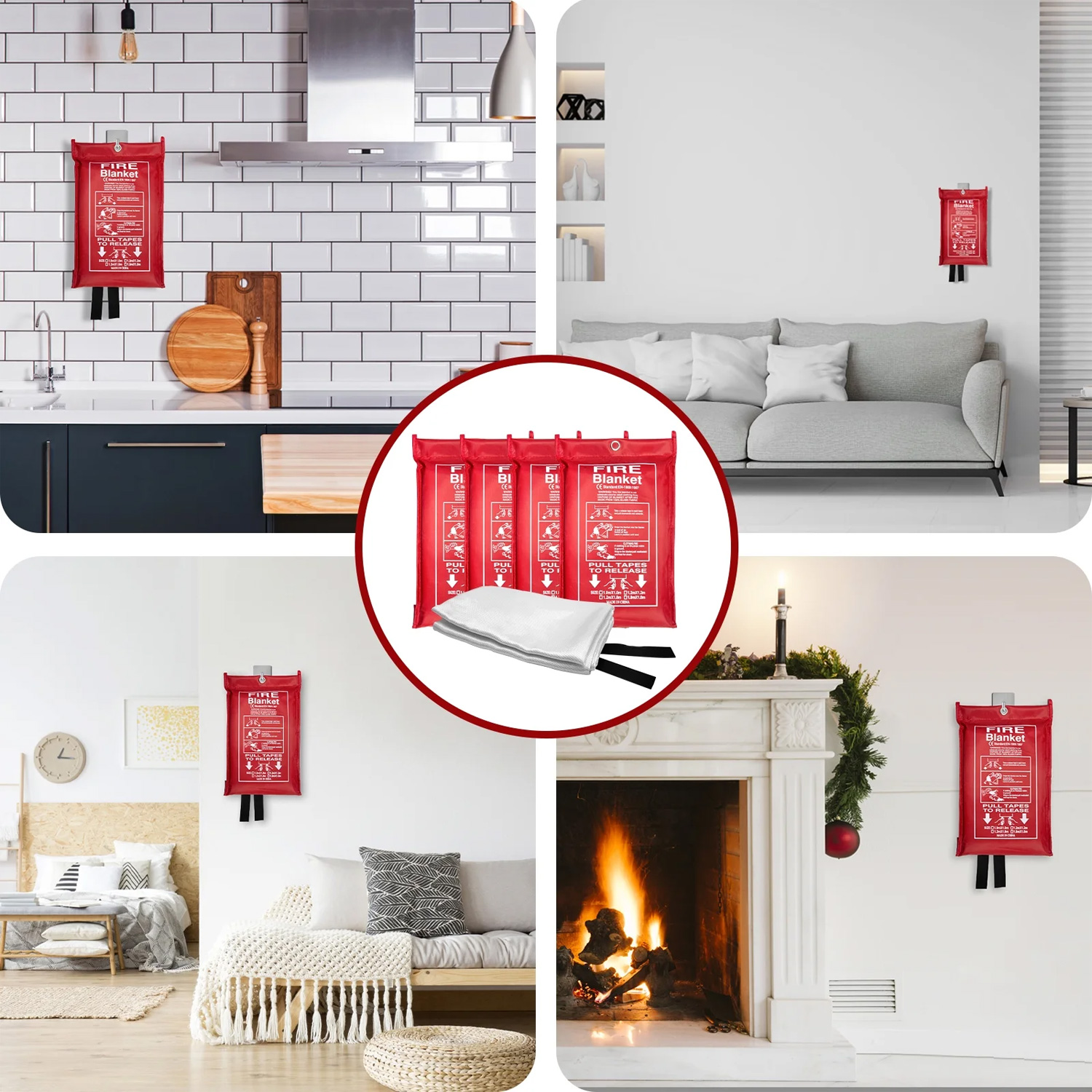
When you choose ceramic fire blanket insulation, you gain several advantages over conventional materials:
- Exceptional heat resistance:Withstands continuous exposure to temperatures most materials can't handle
- Thermal shock resistance:Performs well under rapid temperature changes without cracking
- Low thermal conductivity:Effectively slows heat transfer to protect surrounding areas
- Chemical stability:Resists most acids, alkalis, and organic solvents
- Easy installation:Can be cut with scissors and shaped to fit complex surfaces
How Ceramic Fire Blanket Insulation Works
The effectiveness of ceramic fire blanket insulation comes from its unique structure. The ceramic fibers create millions of tiny air pockets that trap heat. When you install it around a hot surface, these pockets:
- Reduce heat transfer by conduction (through solid material)
- Minimize convection (heat transfer through air movement)
- Reflect radiant heat back toward the source
This multi-layered protection makes ceramic fire blankets significantly more effective than single-layer insulation materials.
Choosing the Right Ceramic Fire Blanket
Not all ceramic fire blanket insulation products are equal. Consider these factors when selecting yours:
- Temperature rating:Match the blanket's maximum temperature to your application needs
- Thickness:Thicker blankets provide better insulation but may be less flexible
- Density:Higher density offers better insulation but increases weight
- Facing materials:Some blankets include reflective foil or wire mesh for added protection
- Certifications:Look for ASTM, UL, or other relevant safety certifications
Installation Tips for Maximum Effectiveness
Proper installation ensures your ceramic fire blanket insulation performs as intended. Follow these guidelines:
- Clean the surface thoroughly before installation
- Wear protective gloves and a mask when handling the material
- Cut the blanket slightly larger than needed for a snug fit
- Secure with high-temperature resistant wires, straps, or adhesives
- Overlap seams by at least 2 inches for continuous protection
- Inspect regularly for damage or compression
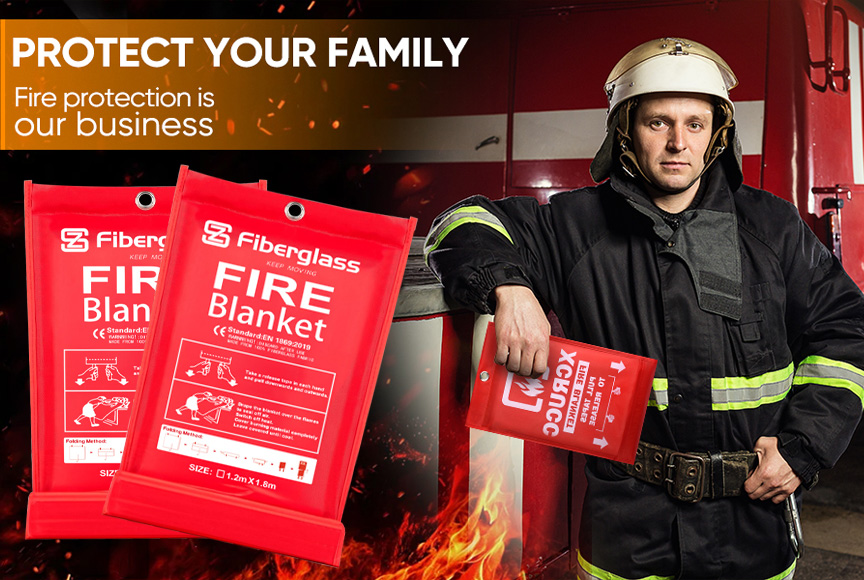
Maintenance and Safety Considerations
While ceramic fire blanket insulation is durable, proper care extends its lifespan:
- Avoid mechanical damage during installation and use
- Keep the material dry - moisture reduces insulating properties
- Replace if you notice significant compression or fiber breakdown
- Dispose of old blankets properly - ceramic fibers require special handling
Remember that while ceramic fire blankets resist high temperatures, they're not indestructible. Always follow manufacturer guidelines for your specific application.
Common Applications in Different Industries
Ceramic fire blanket insulation serves critical roles across multiple sectors:
- Manufacturing:Protects equipment in foundries, glass plants, and metal processing
- Energy:Insulates boilers, turbines, and exhaust systems in power plants
- Transportation:Shields components in automotive and aerospace applications
- Construction:Provides fireproofing for buildings and emergency exits
- Home Use:Protects wood stoves, fireplaces, and HVAC systems
Comparing Ceramic Fire Blankets to Alternatives
When evaluating insulation options, ceramic fire blanket insulation offers distinct advantages:
- Versus fiberglass:Higher temperature resistance and better durability
- Versus mineral wool:Lighter weight and easier to install
- Versus rigid ceramic boards:More flexible for wrapping complex shapes
- Versus intumescent coatings:Provides immediate protection without chemical reactions
Innovations in Ceramic Fire Blanket Technology
Recent advancements have improved ceramic fire blanket insulation performance:
- Nanotechnology-enhanced fibers for better thermal properties
- Biodegradable binders for easier disposal
- Integrated temperature sensors for monitoring
- Hybrid materials combining ceramic fibers with aerogels
These innovations mean you can now find ceramic fire blankets that are thinner, more effective, and environmentally friendly compared to older versions.
Final Recommendations
When selecting ceramic fire blanket insulation for your project:
- Clearly define your temperature and environmental requirements
- Consult with manufacturers for application-specific advice
- Consider both initial cost and long-term performance
- Plan for proper installation and maintenance
- Stay informed about new product developments
With proper selection and use, ceramic fire blanket insulation can provide reliable, long-lasting protection against extreme heat in virtually any setting.


